FreeStyle Libre 2 blood glucose sensor
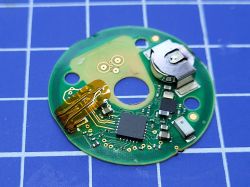 .
.
My father has recently started using a Libre 2 sensor to continuously monitor his blood glucose levels.
A cursory browse of the internet results in the belief that it's a sensor for sticking on the skin, but something kept me guessing: how does it measure? Is there a way to measure non-contact through the skin?
However, there must be something in it, because doctors prescribe it by prescription (you have to meet certain conditions), so the measurement is surely reliable.
The 'life' of such a sensor is two weeks, so I had a close look at a used one.
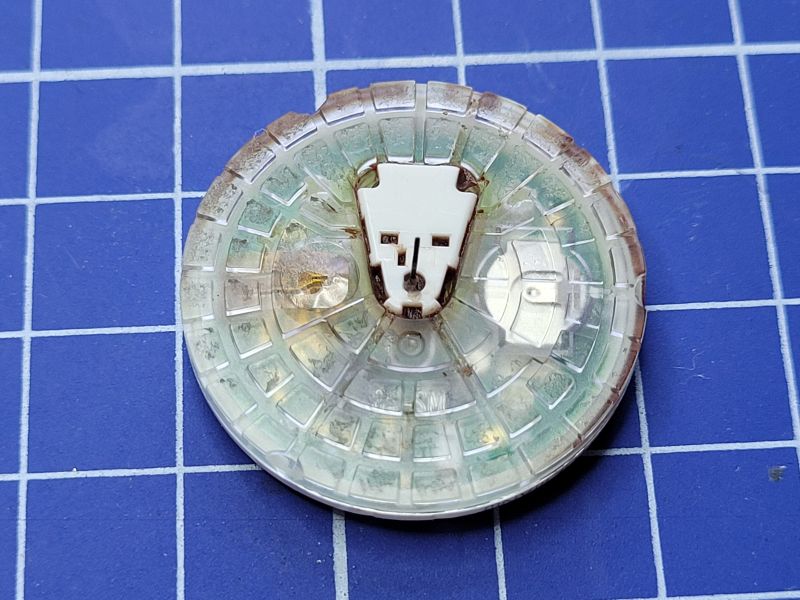 .
.
Immediately you can see the blade, about 5.5mm long made of some kind of composite. You can also see the sensor itself, 1 mm long, digging into the flesh for 2 - 3 mm.
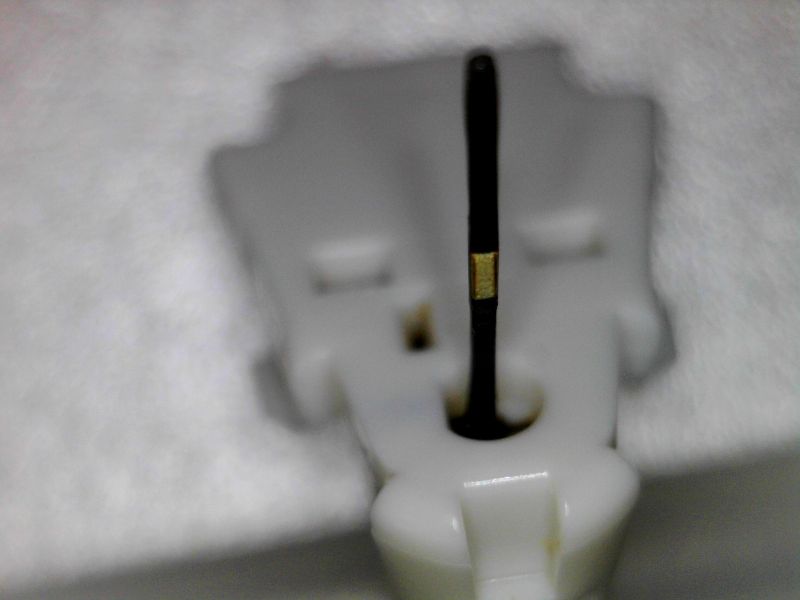 .
.
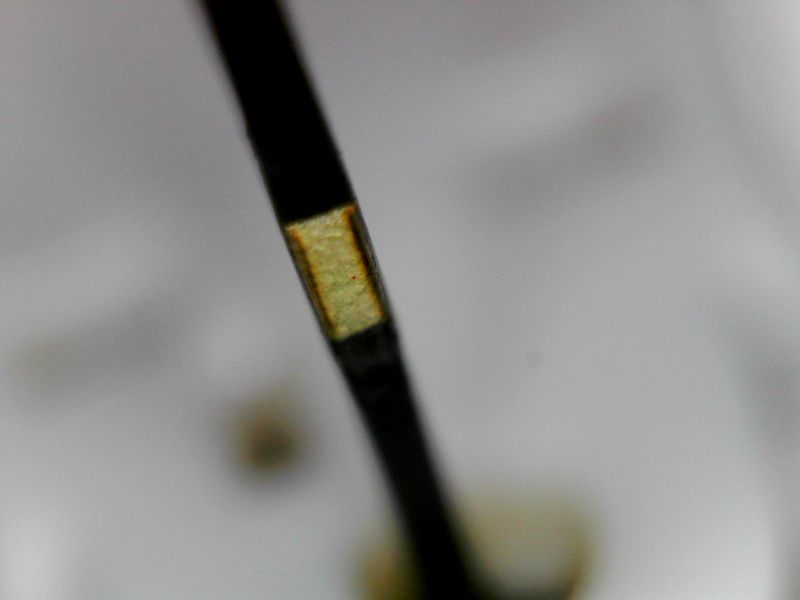 .
.
In order for this blade to penetrate the skin correctly, a special applicator is used. A releasable spring installs a sensor on the skin. Pictured is the sensor in the applicator.
 .
.
And the applicator itself - you can see the spring.
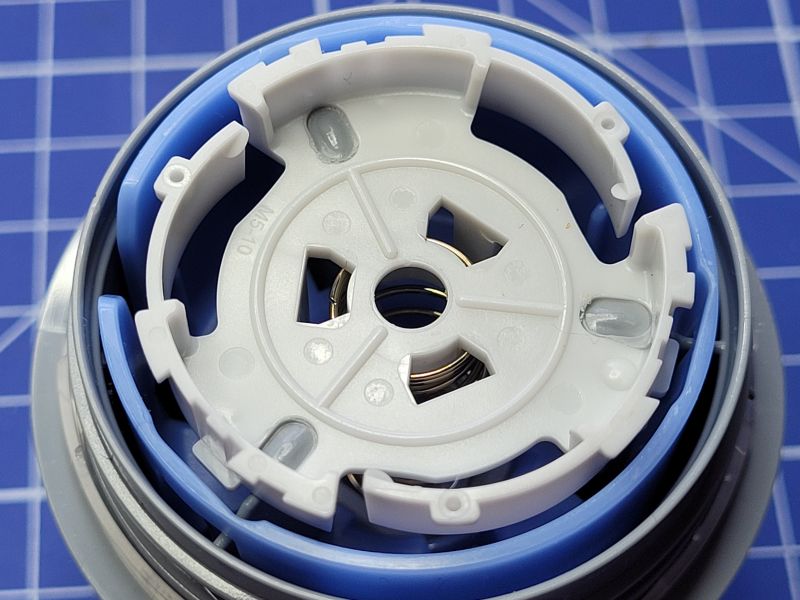
I found a photo online of a sensor damaged during an incorrect application.

https://commons.m.wikimedia.org/wiki/File:Abbott_Freestyle_Libre_2_glucose_sensor-1158.jpg
The sensor uses two types of wireless communication: RFID and Bluetooth 5.0.
Data is downloaded to an application on the smartphone - RFID is used to pair the devices, which requires practically putting the phone to the sensor. Once paired, the data is sent conveniently via BT.
If the smartphone is out of BT range for some time, re-pairing is required. The sensor itself has a memory for several hours of measurements.
On the board, you will of course notice the battery, the body temperature sensor, the two ICs, the BT antenna and some small details. The RFID antenna is made in the form of a track surrounding the entire PCB several times.
The larger chip is the RF430 from TI - its central part is a 16-bit MSP430 microcontroller with the corresponding peripherals - ADC, RFID controller etc.
The smaller chip is the EM9304 - a Bluetooth 5.0 controller.
The board is 0.5 millimetres thick, but it is four-layer.
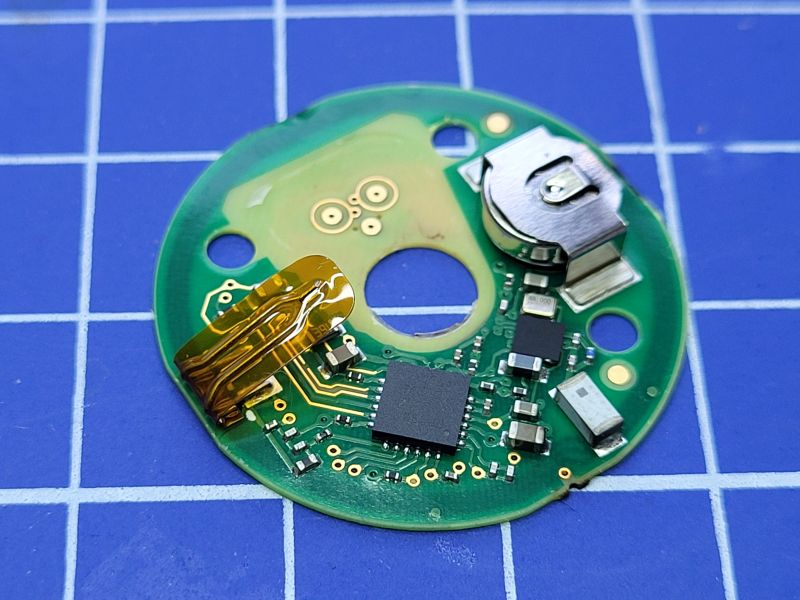 .
.
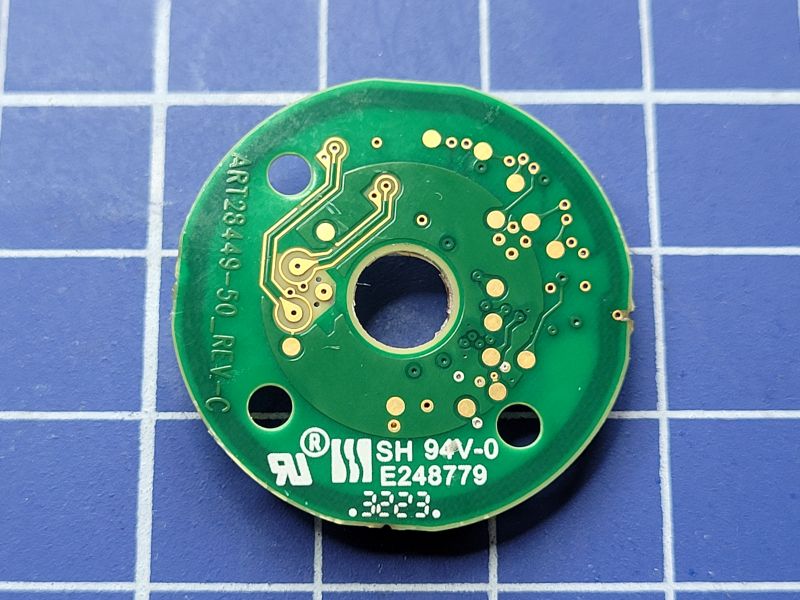 .
.
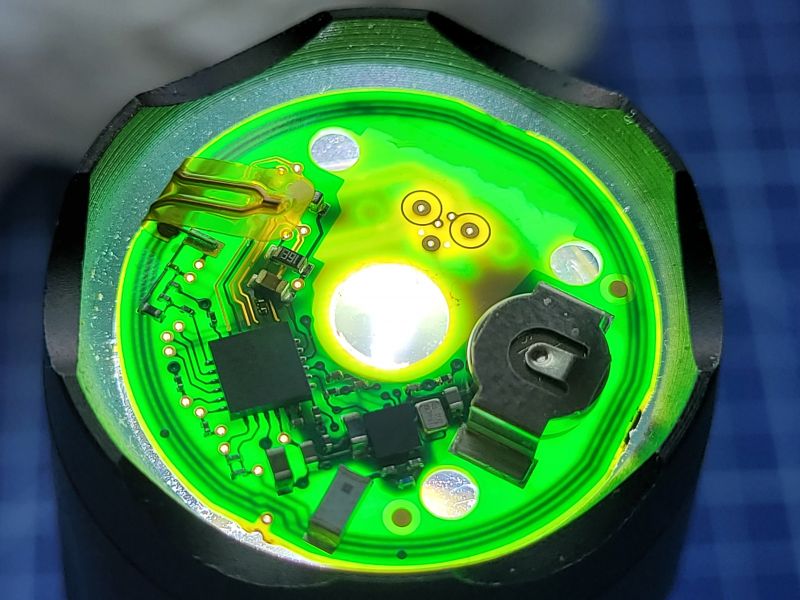 .
.
An ingenious way to constantly monitor sugar levels, get alerts on dangerously high or low levels, a mine of knowledge for the doctor.
However, a lot of advanced electronics end up in the trash every 14 days.
In my opinion, a two-part device could have been made - the sensor itself inserted into the skin separately (you know, nothing can be inserted into the body for too long), and the electronics separately for use with many more sensors. Sensor calibration data in the form of a QR code on the packaging, to be read via an app on your phone.
Perhaps a less convenient solution, and not as 'cool', but now countless thousands of these devices end up in landfills every month. How many users are aware enough that they should dispose of them in some costly way? It's basically medical waste contaminated with patient blood and, at the same time, electro-junk.



Comments
A very interesting device and mega needed for people with diabetes or insulin resistance. Of course, this throwing away of the sensor after two weeks is a waste common in every field, because you can sell... [Read more]
Electro-enzymatic method [Read more]
I once wrote in a topic about the functions of smartwatches that the blood sugar measurement function included in them is a rubbish by a mile, but the author of that topic was/is a layman and did not believe... [Read more]
@zgierzman this two-week period of use is dictated by possible medical complications. After all, the "patient" has a foreign body in his body. That's why even dressings or, for example, women's tampons... [Read more]
. The device is ferunded: Refund Freestyle Libre 2 . But it is up to the 'diabetic' to decide whether they want to use the new way of monitoring their glucose levels or the old (cheaper) way with... [Read more]
I realise this, which is why I wrote: Then, equipped with a rechargeable cell, the electronics could last for months, or even years. And a discarded probe every fortnight would be cheap and more environmentally... [Read more]
. As you described, it measures invasively - you insert this needle that measures glucose in tissue fluid. It's an electroenzymatic measurement - an enzyme (presumably glucose oxidase) oxidises glucose,... [Read more]
. After all, modern medicine is used to make money from diseases. The cost of production is probably £10-20. For example, in the Dark Ages, so about a hundred years ago, type II diabetes was "cured" by... [Read more]
. Then produce and make money... . A hundred years ago, type 1 diabetes was dying because insulin had just been discovered. With type 2 diabetes one also lived poorly because there was no cure. [Read more]
They removed the cause and the problem disappeared. Now it is a "Civilisation" disease. We become metabolically ill not because of a lack of the drug, but because of the contents of the bowl. The contents... [Read more]
. In the so-called Dark Ages, it was not known what diabetes was, nor that there were different types, so it cannot be said that anything was treated. If, of course, we are talking about treatment in... [Read more]
I am disabled due to my job (and type II diabetes), so I have LIBRE reimbursed by the National Health Service. Finally, no more stubbed toes. And this is how it looks on the hand. https://obrazki.elektroda.pl/7870765200_1728240054_thumb.jpg... [Read more]
The increase in the number of cases is puzzling. I myself have several YOUNG diabetics in my midst, without being overweight in any way, who developed the disease as children or teenagers. Scientists fear... [Read more]
I too have been using for two months, also reimbursed of course. My Brother-in-law, who lives in the USA, had a similar one six years ago. [Read more]
. I was writing about the dark ages - a hundred years ago, insulin was discovered in 1922, so diabetes was known. If we accept that herbs and other such shamanic methods do not cure, then they do... [Read more]
I found another device like this: "As of 01.09.2022, the next generation Eversense® E3 system is now available in Poland. In the life of every person with diabetes, constant monitoring of sugar levels... [Read more]
Diabetes is not the same as diabetes. Type I diabetes is quite different from type II diabetes. Type II is basically "only" pancreatic insufficiency, while type I is a genetic matter, the pancreas stops... [Read more]
Now it's completely different. When I was diagnosed (16.10.1984) blood glucose levels were not measured at home. There was nothing to do and no way to do it. A very coarse result was a urine test for both... [Read more]
. That's right, if the measurement is carried out using an electro-enzymatic method, the electrode will wear out at the same time as superinfection or inflammation may occur at the insertion site. I do... [Read more]